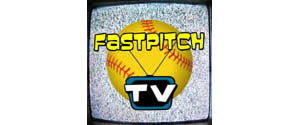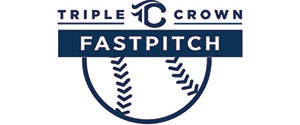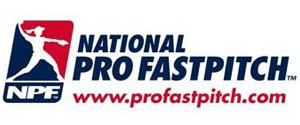GIMNEPIWO wrote:HugoTafurst wrote:tcannizzo wrote:... but is in definite violation if F2's glove is over any part of HP...
Finally got together with my book.
Looked up RS #8 (as mentioned later for support) to confirm that the above statement is definitely false:
Rule Supplement 8 (Fast Pitch)"Catchers must remain in the catcher's box until the pitch is released"
so far so good, but reading on:"The catcher may move closer to the plate without penalty when the batter is positioned in the front of the batters box during the pitch. However the catcher must, at all times, still avoid catcher's obstruction as the batter still has the right to the entire batter's box.
Obstruction does not require contact between the catcher and the bat or batter......."
So by simply holding the glove over home plate, there is no IP or obstruction.
Okay... wait ... The "catcher may move closer to the plate" ... or " the catcher may be out of the catchers box " ? If it says the Catcher must be in the catchers box, shouldn't it say as an exception that the 'catcher may be out of the catchers box', not 'move closer to the plate' ? I am NOT trying to be an a-hole ...
OK, maybe... but the way I'm reading it is if first you say:
"Catchers must remain in the catcher's box until the pitch is released"
You have already said that the catcher can be anywhere she wants (including "closer to the plate) as long as she remains in the box.....
then you say:
"The catcher may move closer to the plate without penalty when the batter is positioned in the front of the batter's box during the pitch."
you are allowing her out of the box.....





























